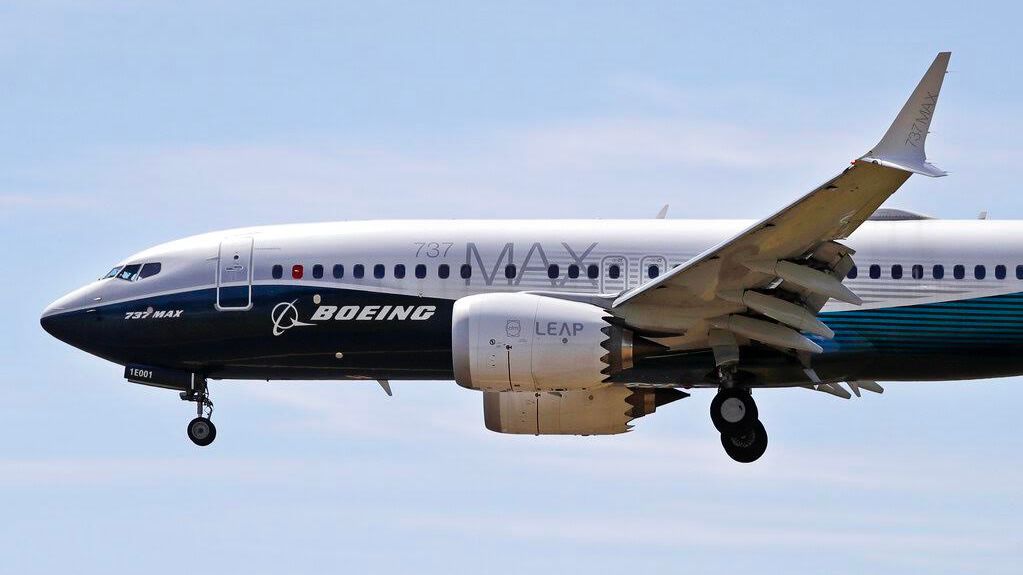Boeing failed to comply with its own manufacturing quality control requirements in multiple instances regarding its 737-9 MAX aircraft, the Federal Aviation Administration said on Monday.
The FAA said it had identified issues of non-compliance in the airplane maker’s manufacturing process control, parts handling, parts storage and product control.
The FAA discovered the issues during a six-week audit of Boeing and its fuselage maker, Spirit AeroSystems almost two months after an Alaska Airlines flight experienced a midair blowout on a Boeing 737-9 MAX plane.
Last week, FAA Administrator Mike Whitaker told Boeing's CEO and senior safety staff that the company had to address the audit findings when developing a comprehensive action to correct “systemic quality-control issues.” Boeing has 90 days to develop its action plan.
Last month, the National Transportation Safety Board reported several bolts were missing on the door plug that blew off the Alaska Airline Boeing 737-9 MAX plane January 5, forcing an emergency landing. Its preliminary report said the bolts had been removed by Spirit AeroSystems to replace a different part of the plane but were never replaced.
In 2019, Boeing committed to a safety management system program that the FAA says must be extended to the company’s suppliers to “create a measurable and systemic shift in manufacturing quality control.”
Last month, Whitaker visited Boeing’s factory floor in Renton, Wash., to observe the 737 production line and meet with the mechanics and engineers who work on the plane. In February, Boeing announced it had removed the executive in charge of its 737 MAX program as part of a leadership shakeup to ensure the company’s planes meet or exceed quality and safety requirements, CEO Stan Deal said in a memo to staff.



